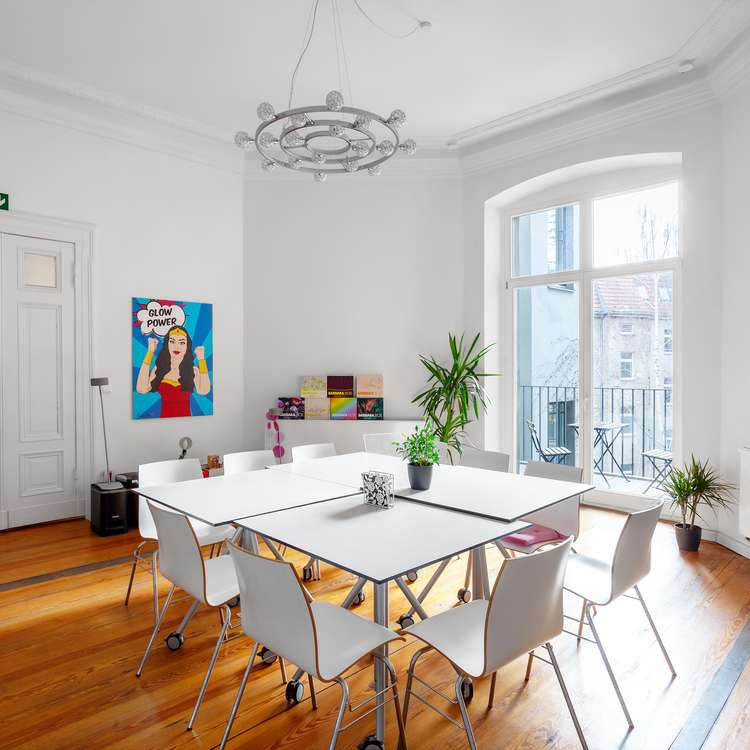New construction Kreuzberg
How the transformation of a transit location into a central urban center unfolds can currently be witnessed along the Kreuzberg section of the Landwehrkanal, located west of Hallesches Tor. Until the 2000s, this part of Kreuzberg was considered unattractive. The perception of the neighborhoods between Potsdamer Platz, Schöneberg, Kreuzberg and Mitte was more that of a transit route connecting Kreuzberg with the city. Those days are long gone. The Gleisdreieckpark, the cultural use of the former refrigerated warehouse in Luckenwalder Strasse, the offices in the former railroad directorate and later GDR Reichsbahndirektion, the revitalization of the old pumping station by Christian Boros, and finally the Grünachse, on which one can travel comfortably and safely and without car traffic from the Flaschenhalspark south of Yorkstrasse to Anhalter Bahnhof. Taken together, it becomes clear what the location is today, and with the creation of the huge Gleisdreieckpark and an entire residential quarter between Kreuzberg and Schöneberg it was clear that this had to become one of the really great locations in the western part of Berlin.
The second phase of this development is now in full swing. After a long planning period, a neighborhood is currently being developed on the northern side of the Landwehr Canal. Hundreds of apartments and thousands of square meters of office and retail space are being developed around the old post office tower. Right next door, another approximately 100 apartments are being added in the Mehring Quarter.
On the northeast side of Schöneberger Strasse, the WoHo project, short for residential high-rise, is still in the development process. The residential tower is expected to be 98 meters tall; in addition to the future- and very people-oriented architecture, the concept has all the prerequisites to become a proverbial flagship project. According to our current information, around 25 percent commercial space and 60 percent owner-occupied and rental apartments are planned on around 18,000 m² of floor space. Additional space is intended for social institutions and students.
Very interesting real estate projects are also being developed in other parts of Kreuzberg. 120 apartments are being constructed by the municipal HOWOGE in the Ohlauerstrasse campus and will provide low-cost housing for refugees, homeless women with children, students and low-income families.
New office buildings are being developed in Adalbertsraße, just a stone toss from Kottbusser Tor, and luxury revitalized apartments in Riehmers Hofgarten, near Viktoriapark.




